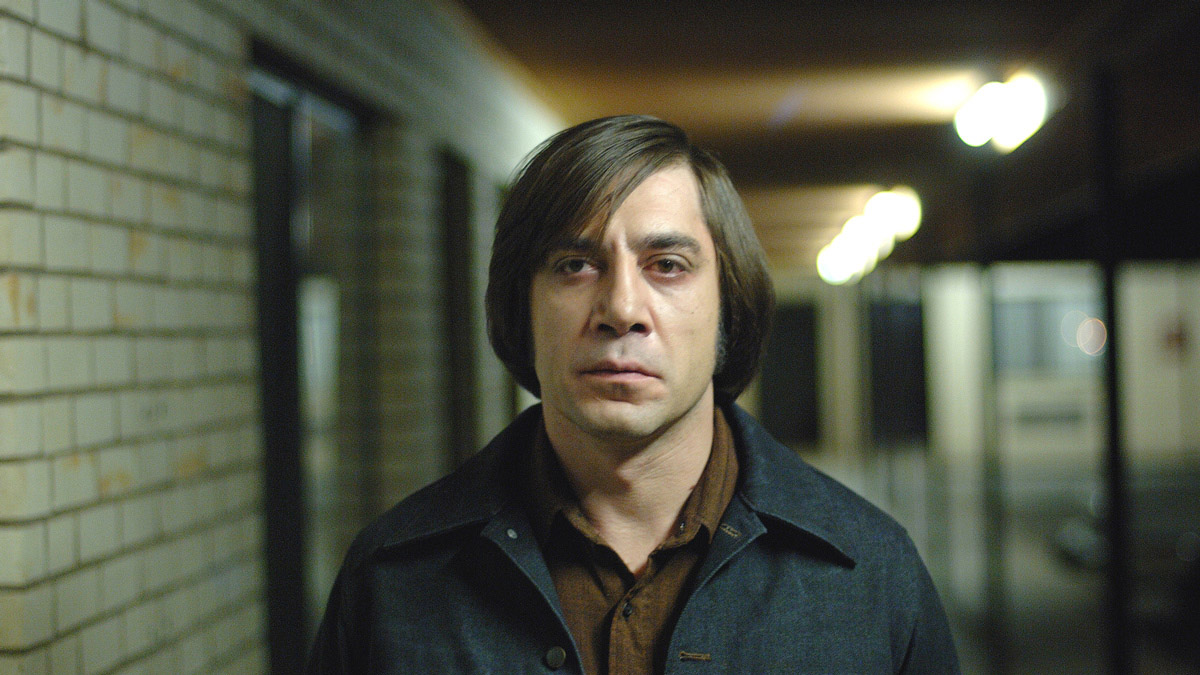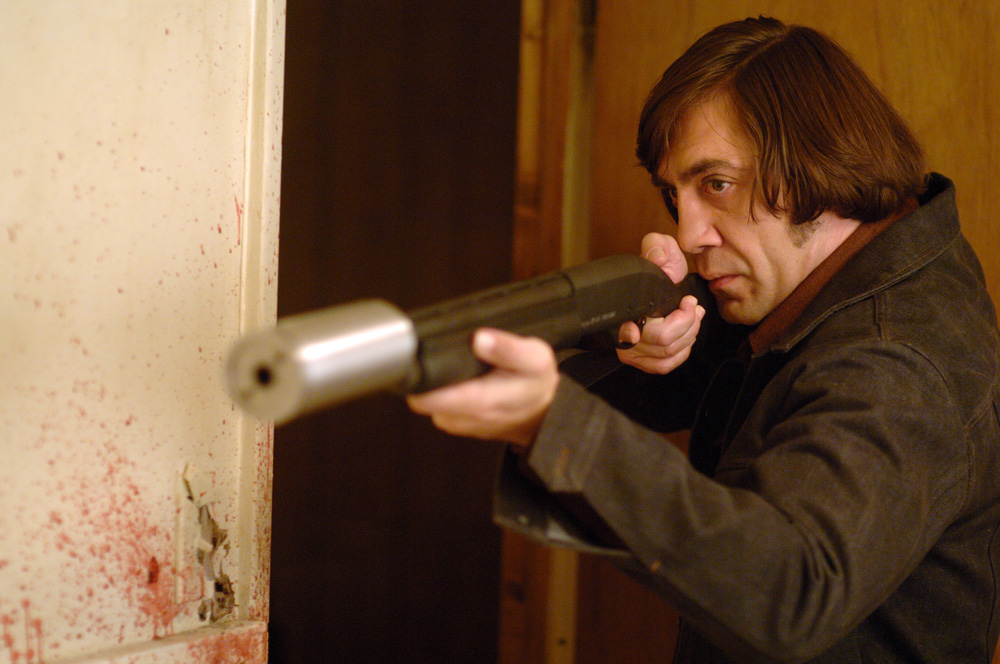
(C) 2007 by Paramount Vantage, a division of Paramount Pictures and Miramax Film Corp. All Rights Reserved.
``No Country for Old Men'' Fear without assertion or pain. “Disappearance of emotion” that brings an end to the previous era
2019.09.10
Even the victims are ``unemotional'' - heretical depiction of violence
So, what kind of movie was ``No Country for Old Men'' for us, the audience? When many people recall the memory of their first viewing, the word "intense" probably comes to mind.
The ominous aura of the killer Chigurh played by Javier Bardem, the brutal violence, the dark developments that make you feel gloomy, the shots of the wilderness that show the sensitivity and skill of the great cinematographer Roger Deakins... 11 years have passed since the release in Japan. Even now, many images are still firmly stuck in my mind. I was a university student at the time of the film's release, and I remember feeling an unusual shock after watching it.
As the Coen Brothers said, ``This is by far the most violent of their films,'' and this film is filled with gruesome scenes from the beginning. Chigurh commits his first murder just three minutes into the episode, and two minutes later Chigurh uses a cattle gun to commit his second murder. After a few more minutes, Moss discovers several bodies in the wilderness. The first time the audience sees Chigurh's "face," he is choking the sheriff with handcuffs. In the first 10 minutes, bodies pile up, all of them left uncovered on the streets and on the ground.

"No Country for Old Men" (C) 2007 by Paramount Vantage, a Division of Paramount Pictures and Miramax Film Corp. All Rights Reserved.
When someone's life is taken in a movie, there is usually some pain and emotional movement, but this movie lacks that. Despite being killed by human hands, there is no feeling of conflict or despair, let alone the perpetrator, or even the ``victim.''
What is very effective here is that the backgrounds of the characters are almost never depicted. Most of the characters are killed by Chigurh as soon as they appear, and there is no time for us to empathize with them. They only know roughly what their attributes are, and they end up leaving the stage when the audience tries to understand. Even though the characters are facing Cigar one-on-one, they are only treated as "devices." This is different from the treatment of so-called "mob characters," and the uniqueness of this work lies in the fact that even the slightest individuality has been removed. It will give an artificial impression, similar to some kind of RPG, as if the cigar is not ``existing'' but ``placed'' wherever the cigar goes.
When portraying a character who is like a murder machine, it is a common practice in story construction to depict the subject ``murderer'' or ``killer'' without emotion. In this case, by emotionally depicting and contrasting the victim and the enemy, fear and cruelty are aroused. However, in "No Country for Old Men", both characters have no emotion. They are killed for administrative purposes and are killed. What emerges as a result? It's the "absence of God."
``God'' here is an entity that symbolizes human morality. He sees all good and bad deeds from above, and gives miracles to the former and judgment to the latter. And viewers can experience catharsis. On the other hand, if this is not achieved, the theme becomes ``unreasonableness.''

"No Country for Old Men" (C) 2007 by Paramount Vantage, a Division of Paramount Pictures and Miramax Film Corp. All Rights Reserved.
Quentin Tarantino's `` Inglourious Basterds '' (2009), `` Django Unchained '' (2012), and `` Once Upon a Time in Hollywood' ' (2019) take advantage of the absurdity of reality. A sense of despair plays a major role in `` Silence'' (2016), director Martin Scorsese's take on Shusaku Endo's classic novel, which creates catharsis by depicting a ``cinematic counterattack'' .
But in No Country for Old Men, God's very existence is stripped away, and it inspires neither catharsis nor resentment. What paradoxically emerges is the individual moral sense of each audience member. As events and facts roll around, what remains poignantly is the fact that he is alone. In this work, the collective consciousness is taken away, and the audience is unable to connect with the story or characters, returning to reality disconnected. After watching the movie, you will be left with an impression of ``intense'' and at the same time, you will be left with a sense of desolation.
This area is similar to the theme of ``the new encroaching on the old'' mentioned earlier. It is also a film that hints at the shift from the ``age of groups,'' where people act in collusion with others, to the ``age of individuals,'' where decisions are left to each individual.
The existence of `` The Dark Knight '', which is comparable to ` `No Country for Old Men ''

